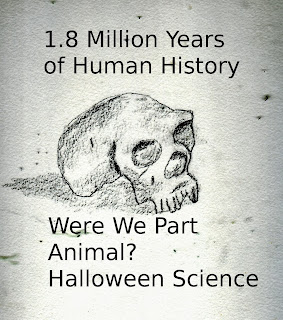What is in a footprint? A footprint can tell you a lot about
people who walked there. It also tells you about their depth, size, impression
angle, and location that can give you all types of clues such as where they are
heading, their general size, whether they are carrying something, or even their
gender. When the footprints are 780,000 to million years old and have never
been seen before in the area it can lead you to a whole bunch of new
conclusions.
Researchers in Happisburg, Norfolk in the UK found
footprints when moving sand. They took some pictures and measurements before
the water washed them away. It is a rare find to have long preserved footprints
as most are destroyed right away without having the right circumstances that solidify
them.
It is believed that they were made by the Homo antecessor
which is human or near human. The footprints indicate it was a group of around
five people of different ages and genders. It may have been a family making its
way to some location. Outside of this discovery the only other known place in
Europe to have markings is Northern Spain.
The discovery is unique as it changes the balance of when humans were
expected to have arrived in Europe. In this case they were around a million
years ago. That changes a few assumptions about the island and the nature of
its people. It appears that Europe was being explored earlier than expected.
